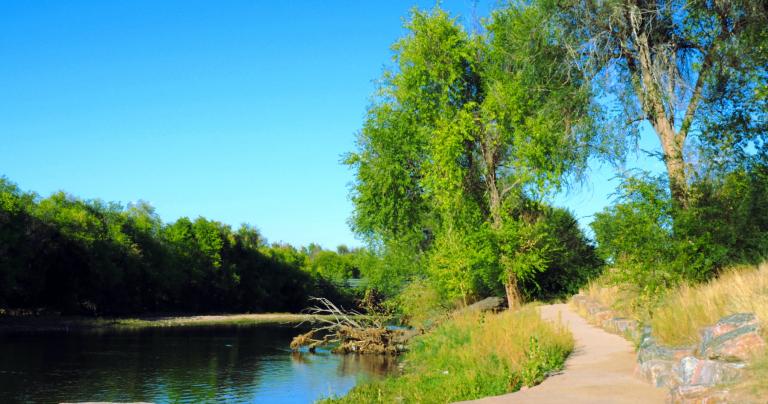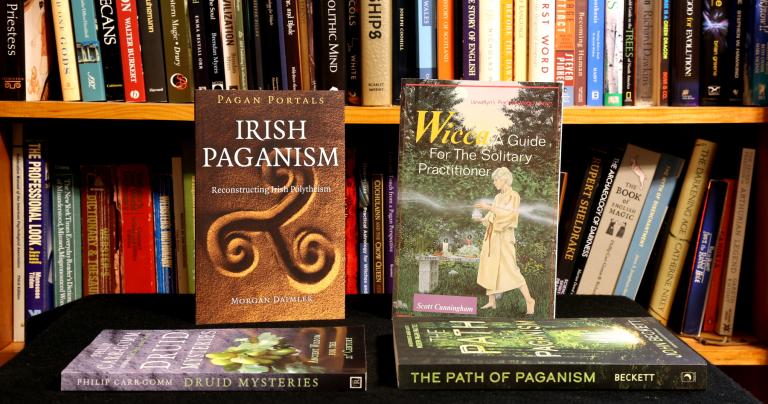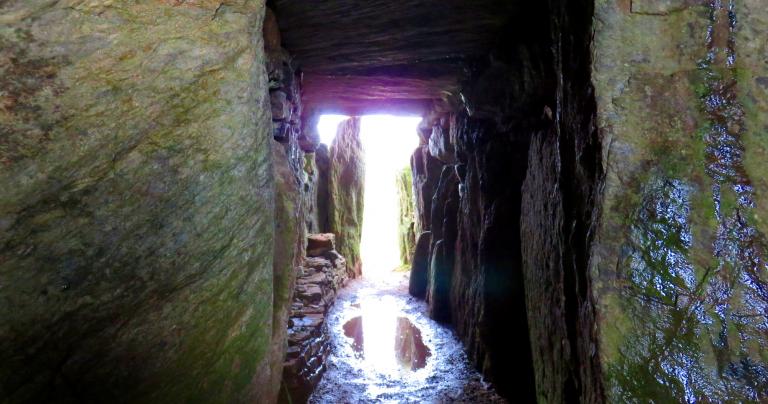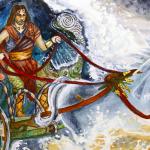Last Sunday I posted 7 Things We Owe Pagan Newcomers, a list of what those of us in the Pagan community must do to fulfill our obligations of hospitality for those who show up at our doors. Today I want to look at this from the other side. What do newcomers need to know about Paganism when they’re just starting out?
This is an incredibly broad question – that’s why we have so many Paganism 101 books. Some of us complain “do we really need so many books for beginners?” People keep buying them, so obviously we do.
I couldn’t possibly condense several dozen books into one blog post. Instead, I want to provide some general information and some resources. Then I want to talk about what you need to know if you decide to practice the particular form of Paganism I practice.
What is Paganism?
Paganism is impossible to define – it’s too broad. But it can be described. Paganism isn’t a religion, it’s a religious movement that includes many religions. It’s centered around the four concepts and practices where modern Pagan gather: Nature, the Gods, the Self, and Community. The two blog posts listed above cover these topics in more detail.
The fewer words you use the less precise you can be, but sometimes you need a Pagan elevator speech: something you can say if someone in an elevator asks “what’s your religion all about?” and you have to answer before they reach their floor.
My elevator speech is that Paganism a connection to Nature and its rhythms and cycles, a connection to our ancestors and to their beliefs and practices, and a view of the Divine that is multiple in number and in gender. That probably covers about 90% of Pagans, and if somebody is looking for a quick definition, that’s as good as it’s going to get.
But if you’re interested in becoming Pagan you’re going to have to do some more research to find the particular path that fits you best.
Getting started
6 Critical Situations, 6 Helpful Books
Five Non-Pagan Books For Pagans
A common saying is that while Jews, Christians, and Muslims are the People of the Book, Pagans are the People of the Library. There are many versions of Paganism and we have books written for and about our many different traditions. But also, we find helpful material in non-Pagan, non-religious books. I find Richard Dawkins’ atheist diatribes on religion to be annoying, but his book on evolution The Greatest Show on Earth is brilliant and highly recommended for Nature-centered Pagans.
Everyone needs a first book. I have three recommendations. Wicca: A Guide for the Solitary Practitioner by Scott Cunningham (1988) is the classic Wicca 101 book. Irish Paganism: Reconstructing Irish Polytheism by Morgan Daimler (2015) is a short introduction from a polytheist perspective. And while Druid Mysteries by Philip Carr-Gomm (2002) is intended to be guide to Druidry, it also serves well as a general Pagan introduction.
Paganism is most importantly a religion of doing, not a religion of thinking or believing (though thinking and believing are important too). Exactly what you do depends on which particular form of Paganism you choose to follow. I can’t tell you how to start becoming a Gardnerian Wiccan or a Hellenic Reconstructionist, because I’m neither of those things.
But if you’re interested in becoming an ancestral, devotional, ecstatic, oracular, magical, public, Pagan polytheist, read on.
Following this path
Why What I Am Takes So Many Words To Describe
Beginning a Devotional Practice
Why Would Anyone Take an Oath to a God?
It seems rather presumptuous to call what I do a “tradition.” Perhaps someday it will be a tradition – and maybe by then it will have a real name instead of a long list of adjectives. Or perhaps it will simply be seen as one person’s way to follow a larger tradition. For now, let’s just call it a path – the path I’ve traveled so far, and the direction I’m heading going forward.
My path is a religious path. Magic and self-development are part of it, but first and foremost it’s about religion, from the Latin religio (meaning obligation and reverence) and religare (meaning to bind together). Religion is about forming and maintaining respectful, reciprocal relationships with our Gods and ancestors, with our families and communities, and with the natural world.
And that begins with devotion. Choose a deity and create an altar and/or a shrine. Pray, meditate, and make offerings. Read, study, and learn.
What are the virtues of the deities you follow? How can you embody them in your life? How can you help manifest them in this world?
You may be called to deeper service, to ecstatic practice, or to make an oath to a God. These are not matters to be taken lightly, nor to be jumped into without careful consideration. This level of commitment was neither expected nor asked of me when I was starting out. That’s rare, although it does happen occasionally.
My first book The Path of Paganism is essentially a guide to walking this path. It begins with Building a Foundation – how to recognize the unquestioned assumptions in your life and figure out for yourself what makes sense, rather than mindlessly accepting what you’ve always been told is true. It covers Spiritual Practice in detail, at both the beginning and intermediate levels. And it concludes with Living at the Edge – what to do once you’re not a beginner any more.
Advice for beginners
9 Things I Wish I’d Known When I Was A New Pagan
Will You Be My Teacher? Essential Questions For Beginners
So Long and Thanks for All the Abuse: A History of Sexual Trauma in the Pagan Community by Sarah Anne Lawless
Some Pagan traditions are only taught one-on-one, face-to-face. But those traditions are very few. For others, a personal teacher is certainly nice to have, but it is not required. I trained with OBOD’s postal mail course. I engaged a paid spiritual director for about four months when I felt stuck. Her services weren’t cheap but they were worth every penny. And I had a personal mentor as I trained for another tradition. That did not end well, though it was for the best (don’t ask – I won’t talk about it online).
Other than that, though, my training and education has been self-directed, with a lot of help from my Pagan friends and co-religionists. There’s been a lot of trial and error – learning by doing is undervalued in our education-obsessed society.
You don’t have to have a teacher, and there are two major problems with thinking that you do.
The first is that you’ll end up with a teacher who’s wrong for you. Someone who doesn’t know your path. Or possibly, someone who doesn’t know their own path. I continually come across “elders” (mostly self-proclaimed, but occasionally folks with a substantial following) who learned Paganism 101 and never went on to Paganism 102, much less higher levels.
Or you could end up with a teacher who’s looking to exploit students. Read “So Long and Thanks for All the Abuse: A History of Sexual Trauma in the Pagan Community” by Sarah Anne Lawless. If anybody tells you that you have to do something that violates your ethics, or that just doesn’t seem right, walk away.
The second problem with the idea that everybody has to have a teacher is that you may decide you need to be a teacher long before you’re ready.
You don’t need to become a teacher to validate your knowledge and experience. You need to become a teacher when someone shows up looking to learn something you know very well. How long does it take to learn something “very well”? It depends. I was teaching Introduction to Paganism after four years of serious practice and three years of group work. I’m still reluctant to teach journeying.
Your timeline will be different. Just make sure you teach only what you know, not what you think you know.
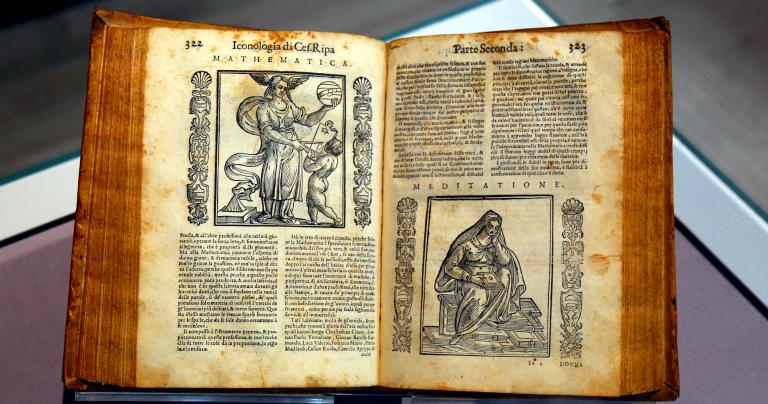
Welcome to Paganism
Before Christianity and before Buddhism, there were the many religions of our ancestors. They were for the most part based in animism and polytheism, with a deep respect for ancestors and for the land. A few of those religions continue uninterrupted to this day, primarily in Africa. The ancestral religions of most of Europe and the Near East were wiped out by Christianity and Islam.
We cannot simply pick up where they left off. Too much time has passed, too much has been lost, and the world around us has changed immensely. We must create a Paganism – many Paganisms – for our time and place.
If you feel called to this great work, welcome. Come into the Big Tent, look around, and see where you might belong. It’s OK if you bounce around a bit at first – the first place you stop may not be the right one for you. Or maybe it is.
It isn’t perfect. Paganism is made up of Pagans, who are humans, who make mistakes. Sometimes bad mistakes. But on the whole it’s been a deeply fulfilling journey for me, and I intend to continue on this path for the rest of this life, and beyond.
I hope you’ll join me.


